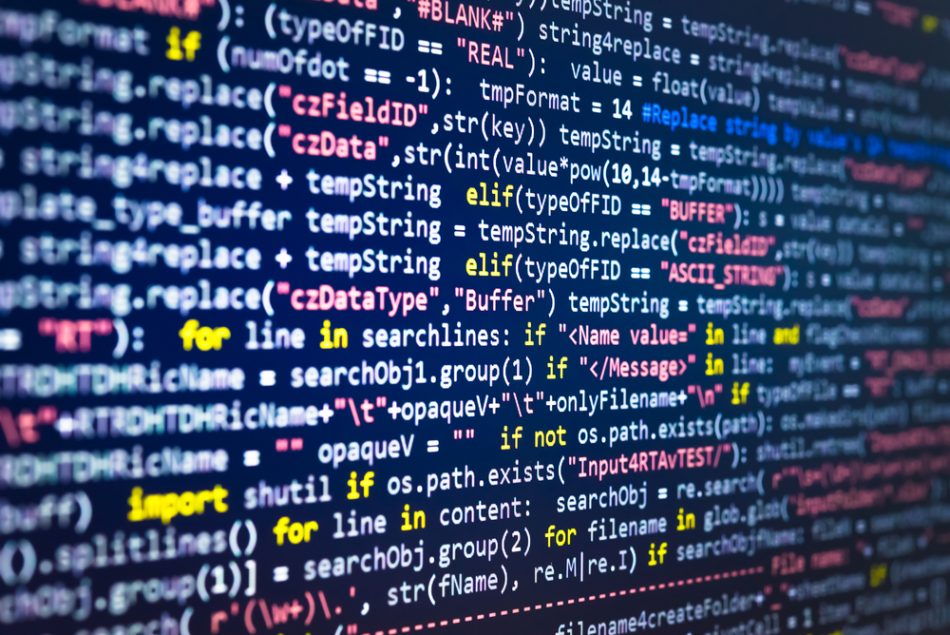Artificial Intelligence
AI is the technology of the future. From supporting art restoration to overcoming the limitations of traditional agriculture and counting wild elephants, find out how AI is transforming the world for the better.

These prefab facades could make old buildings carbon negative
Retrofitting buildings so that they consume less energy is key to meeting current climate targets. A company in Germany is working to accelerate that process by building tailored facades with built-in insulation that can fit like a glove onto old buildings to reduce their energy use. Prefab Read More...

Locked-in individuals type quicker with this new system
For those living with locked-in syndrome, cerebral palsy, and other conditions that cause motor impairment, technology and software that enable communication have come a long way. Empowering those who can’t talk to communicate with computer interfaces has changed lives for the better, but some of Read More...

Achieving quality along with quantity: an Optimist’s View on aging
“Aging is not lost youth but a new stage of opportunity and strength.” - Betty Friedan By Oliver Kammeyer I live on a bike path, and just a half-mile east of my place there’s a coffee shop that’s always packed. It seems every day the customers compete to see who can wake up earliest to Read More...

This algorithm makes predicting the future more accessible
Some professions require the prophetic task of using existing data to predict future outcomes as accurately as possible. This can come in the form of trying to predict the upcoming week's weather, estimating a person's risk of developing a disease, or anticipating the best time to sell Read More...

How a group of islanders is using AI to save coral reefs
Coral reefs are some of the planet’s most biodiverse ecosystems, providing not only a key habitat for many species of marine life but also a crucial source of income for many coastal communities worldwide. These lush and vibrant ecosystems, however, are also greatly threatened by a number of Read More...

This is how spiders use electricity to fly
Spiders surprise us, they creep us out, and yet some of them might hold secrets to our technological future. While they may infiltrate our homes, we could learn a thing or two from these eight-legged animals. We’ve previously reported on the versatility of spider silk and the potential of Read More...

This concept of shape shifting robots will blow your mind
The capabilities of robots keeps growing and growing thanks to innovative minds across the world. In the past few years, scientists have taught robots to independently perform keyhole surgery, hike across unknown and uneven terrain faster than humans, and an oft forgotten challenge of all, the Read More...

Floating ants may inspire the future of robotics and adaptive materials
Ants are extremely adaptable creatures. The little critters are one of the strongest animals in relation to their size, being able to carry 50 times their own body weight. They are also the longest living insect, with some species living for around 30 years. However, the teamwork these tiny animals Read More...

Scientists can now decode pigs' emotions
We can clearly see animals' emotions through their behavior, whether that’s dogs filling up with glee when we grab their leash or elephants mourning a loss in their herd, there is clearly some feeling going on here. While communication between animals and humans remains at a divide, we do Read More...

Headgear gives people with paralysis control of their devices
For individuals living with paralysis, everyday activities can be a challenge. Scientists across the globe are constantly innovating to improve the quality of life for those with impaired mobility, like this implant that can turn people’s brain signals into words we’ve previously reported Read More...


